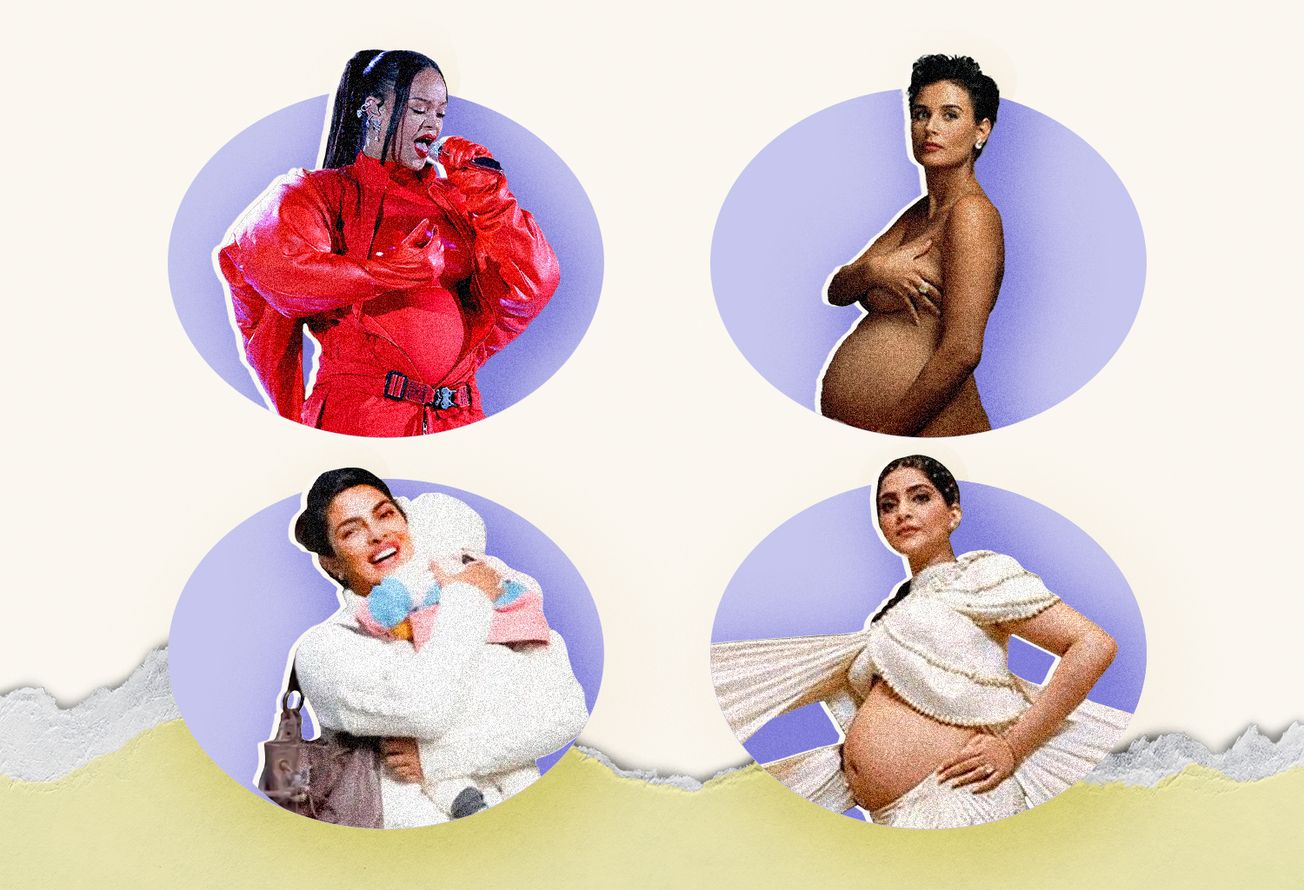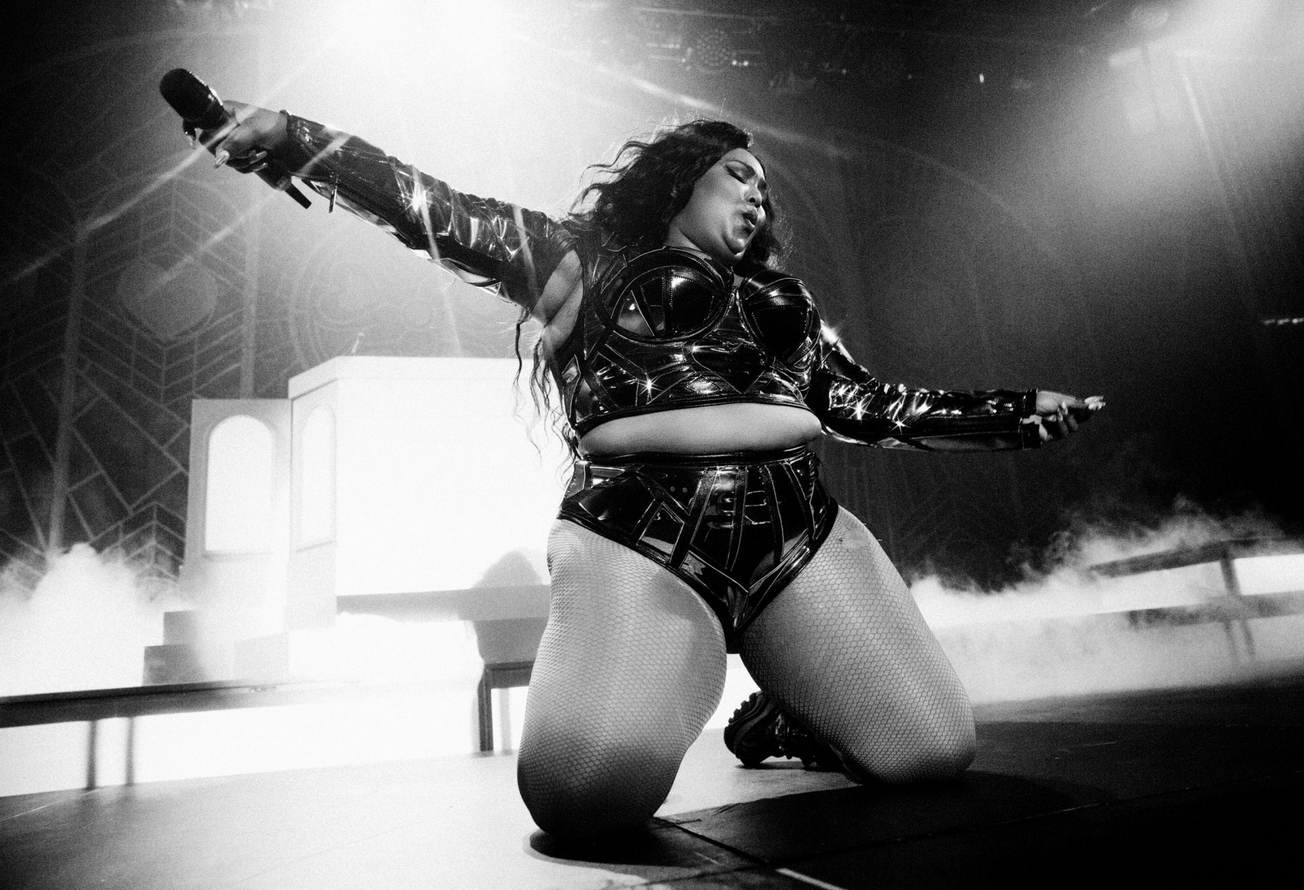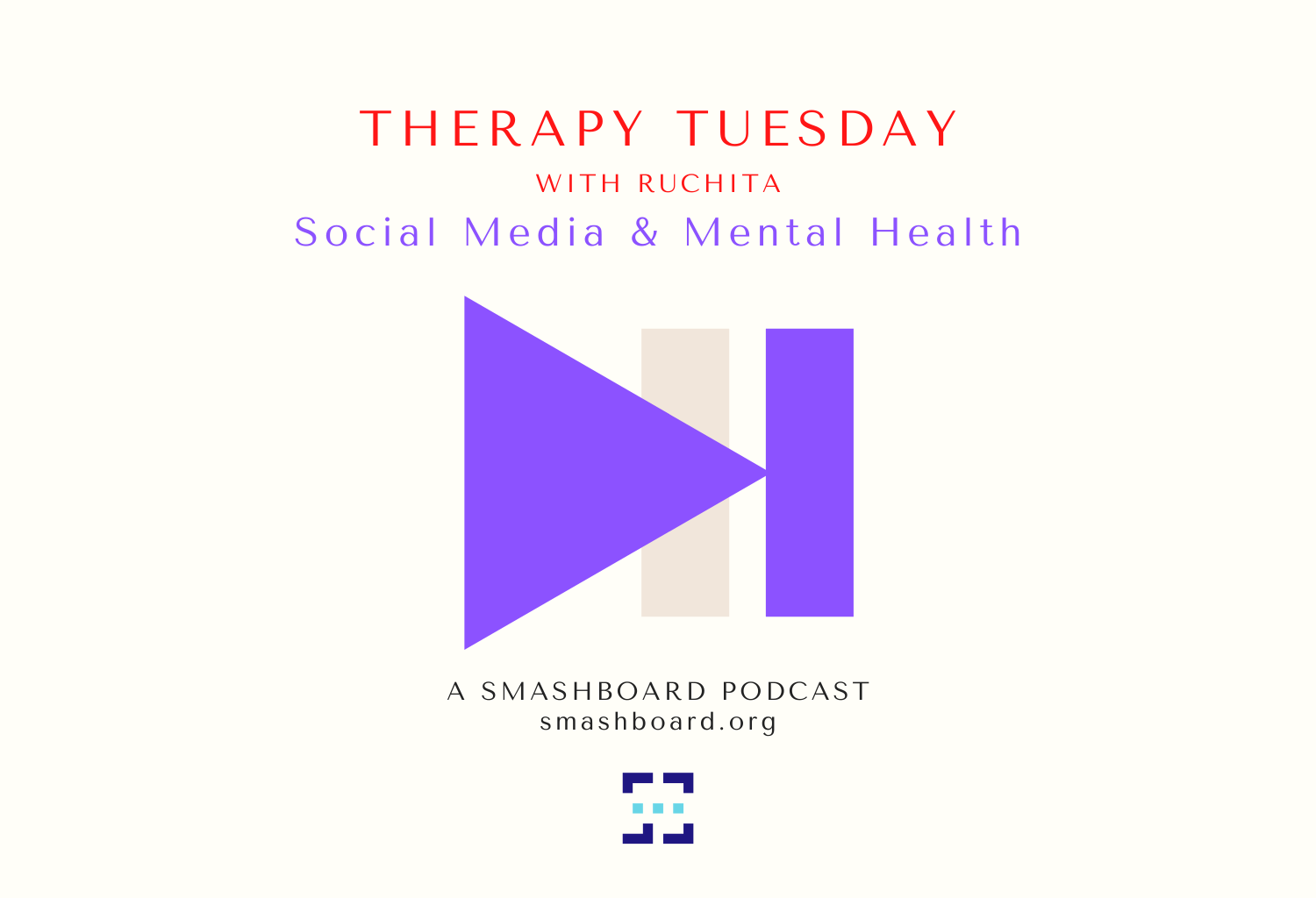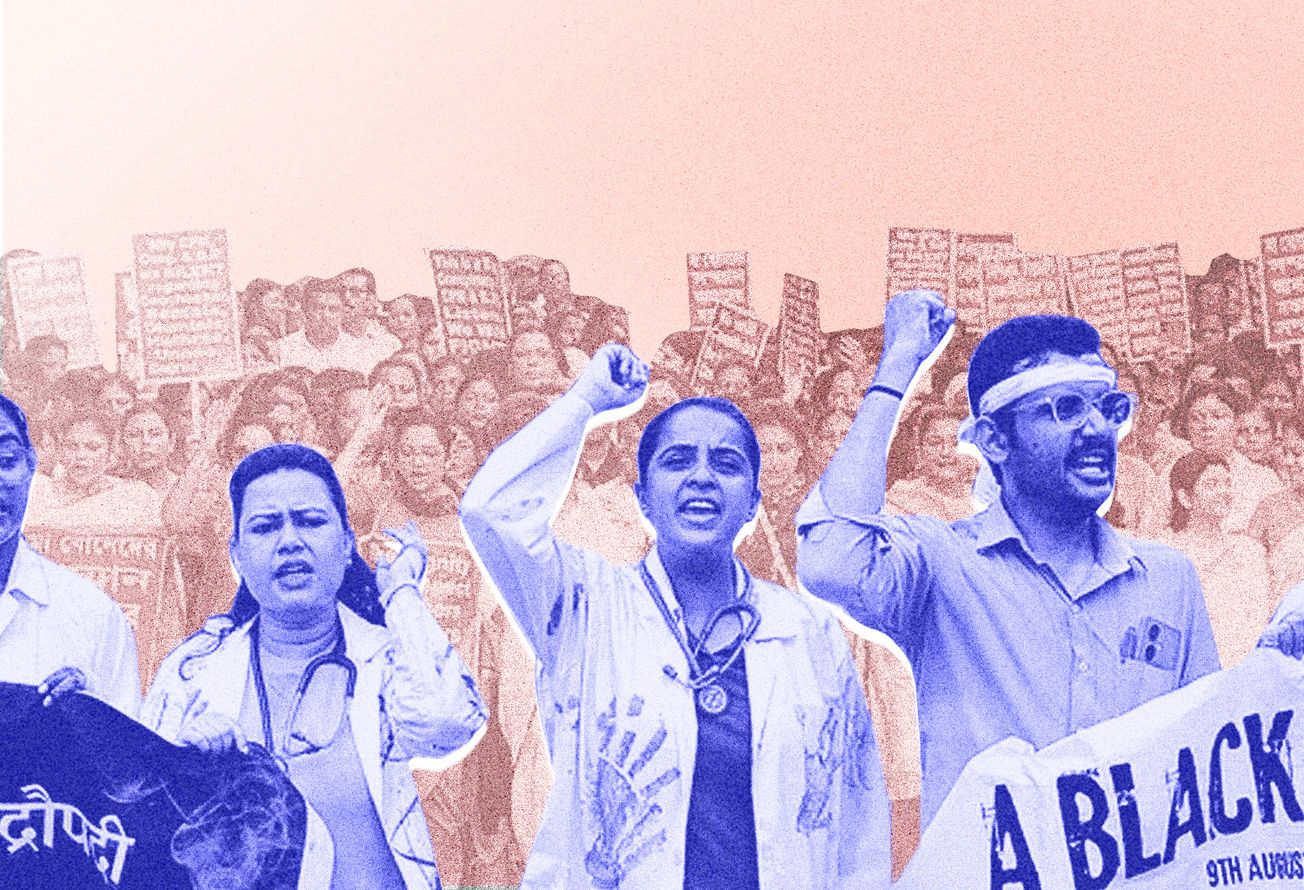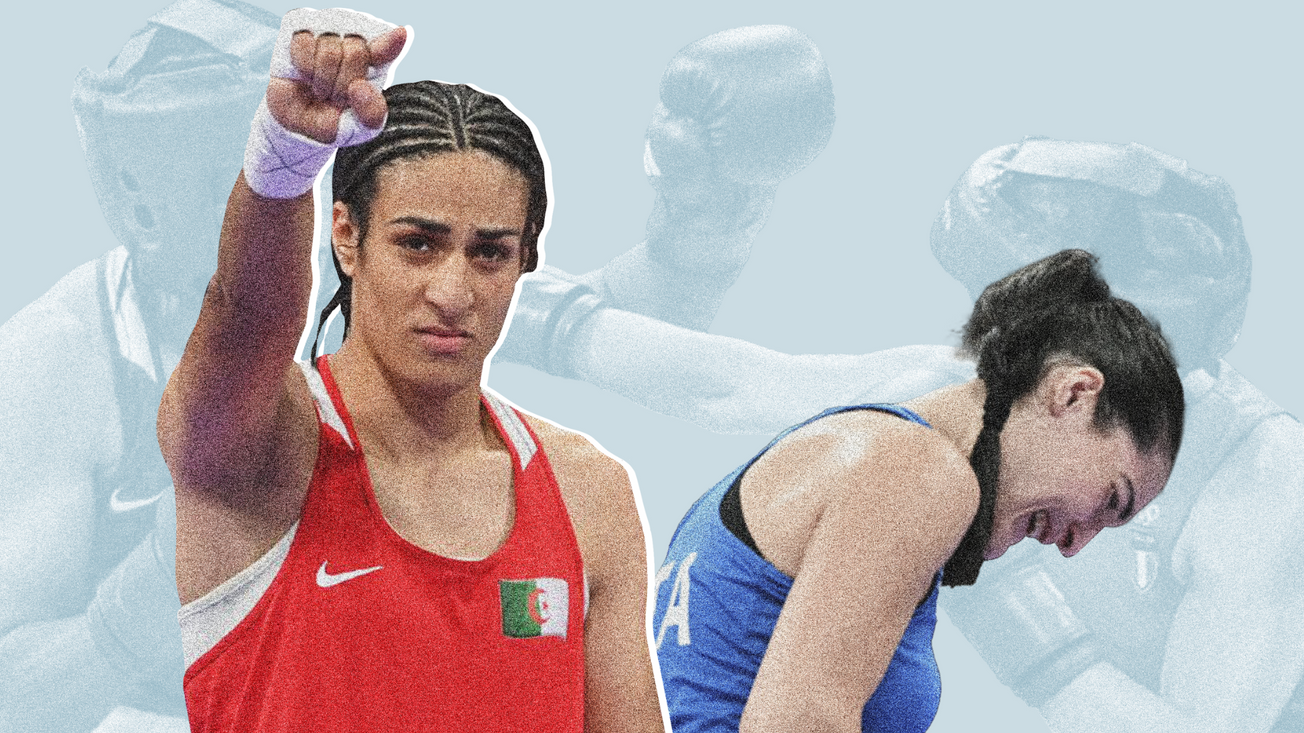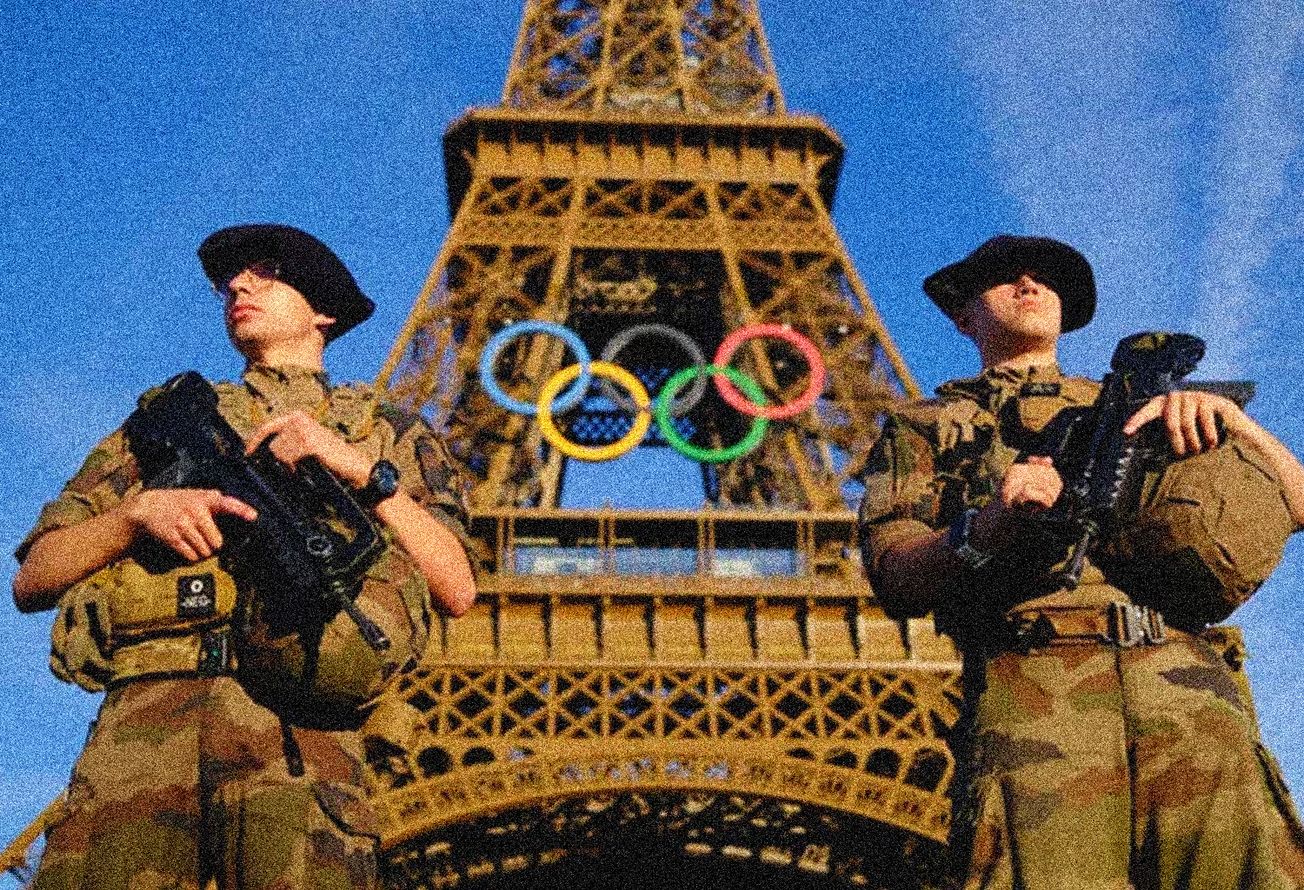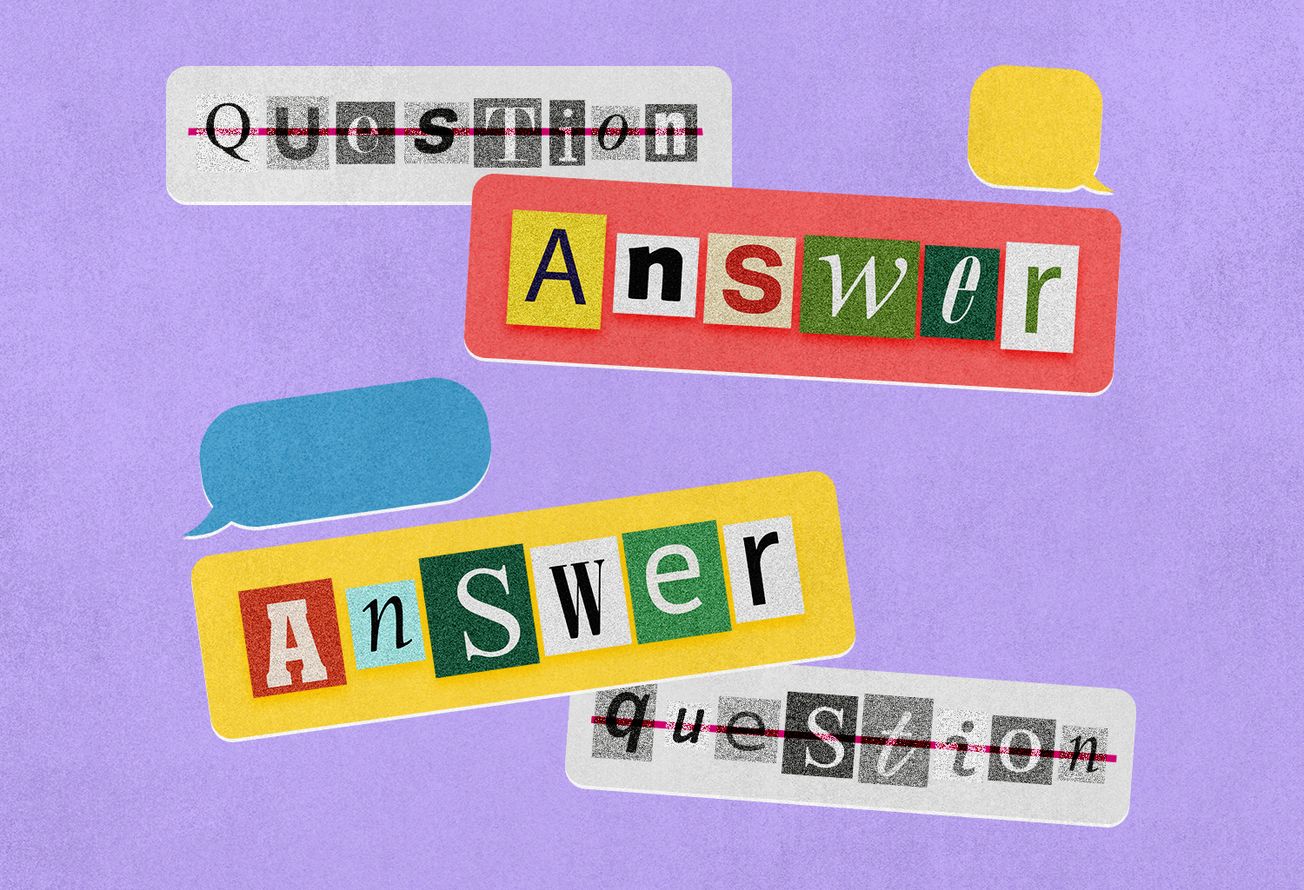There's no doubt that social media, with its capacity to connect and mobilise, has become one of the foremost tools of social activism. However, as we learn to live in electronic bubbles where pictures of police brutality are followed by banana bread recipes, we are forced to hop from one to the other without pause.
Who gets to be prioritized or even heard often depends on a range of intangible factors similar to who gets featured on news. A range of factors called ‘newsworthiness’ - a universal-(ish) standard about what the most important news is in a definite span of a time is built across cultures, newsrooms, and readers. Which brings us to the question- in the case of social media, what creates this hierarchy of importance?
The answer would be—the almighty algorithm—the spectre of virality and engagement that hangs over our virtual lives, selling us scented candles and petitions simultaneously. The dependence of social media activism on virality creates a hierarchy of outrage. In this hierarchy, each cause is given weightage based on its value as a viral commodity. This is not deliberate as much as a natural repercussion of an attempt to create resistance from within a larger capitalistic structure, using its tools. As the very premise of Instagram or Twitter is to push virality trends based on sheer numbers, a priority list of what matters is automatically pre-generated for us.
“People like to read about things that they can relate to or that they've had conversations with their friends about,” writes ForbesWoman author, Kiri Blakeley. “It helps if these things are not controversial, so they can be easily shared with friends and family, and viewed at work.” So, for something to gain widespread support or glean mass outrage, it has to boil down to the simplest common denominators of simplicity and relatability.
Take for example an incident that took place a year ago in Kerala when a pregnant elephant died after ingesting a pineapple stuffed with explosives. Suddenly, Instagram and Twitter were flooded with sympathy and grief for the animal. The outrage against the cruelty of “some locals” who fed the pineapple to the elephant was palpable, the artworks graphic. Even Ratan Tata tweeted to express his horror calling it “meditated murder”. A pregnant elephant killed by human cruelty—there is NO ONE who could refuse to get behind that protest—it was so simple and relatable. Celebrities, and blue-tick influencers, who would otherwise choose to remain silent over more controversial issues, got onboard raging about it. The infamous explosive pineapple was left in fields by farmers to ward off wild boars that threaten their crops and not to torment or kill the elephant. Three poor farmers were arrested for what is clearly an accident precipitated by increased human-animal interactions, a consequence of unhinged, unsustainable development to satiate the large-scale outrage.
The utility of social media is without question- it propagates marginalised content, spreads awareness, and globalises communication systems to build cross-border solidarities. At the same time, social media-fuelled justice often boosts up the most relatable causes, rather than the ones that most need our outrage. For instance, at the same time as the pregnant elephant fiasco, there was an ongoing campaign demanding the release of Safoora Zargar, a civil rights protestor and a Kashmiri Muslim. The scholar from Jamia Millia Islamia was repeatedly denied bail even though she was pregnant at the time and was facing dangerous medical complications. She had been charged under the Unlawful Activities Prevention Act (UAPA) and the knowledge of her pregnancy did not deter the online hate campaign against her. The “legitimacy” of her child, her “character” were questioned, and some even claimed she used her pregnancy as a propaganda gimmick to gain sympathy.
Ultimately, outside measures of popularity and bias, the trouble with social media justice campaigns is that there is no way of gauging when or why a certain call-for-solidarity works and others don’t. For instance, Gautam Bhatia compares how the same judge who had denied Safoora Zargar’s bail in June, 2020, rightly granted bail to Disha Ravi, a twenty-one-year old climate activist booked under similar charges of conspiracy. Was this simply a by-product of the outrage on social media? Both women faced harassment and highly sexist trolling in the course of the online campaigns but in Safoora Zargar’s case the trolling far bypassed the support. Or was it just the idiosyncrasy of a single judge who chose to do things differently this time? And were both the judgement and the disproportionate trolling also the outcome of the current political climate where Islamophobic trolling fast turns viral?
When outrage brings justice, it helps us feel better. But social-media fuelled justice hardly functions on the premise that each case has the right to be judged on its own merits. In a capitalist world, a hundred different campaigns beg for our attention - it is no surprise that our limited attention is distributed as per a hierarchy of preference.
In Propaganda in the Information Age (2019), Alan McLeod argues in favour of the relevance of Herman and Chomsky’s model. “What stories are covered, even in large news organizations, are now very often decided by algorithms that predict what stories and keywords will generate the most traffic. However, as in old media, no two clicks are equal. . . thus, stories that will resonate with rich, Western audiences are covered while those from other countries will not. As a consequence, news homogenizes online too, and will likely reflect the conservative bias of the wealthy.”
In India, the top 10% owns 70% of the country’s wealth, and this is dominated by upper-caste Hindu families who are most likely to be highly active on Facebook, WhatsApp, Twitter, and Instagram and have a larger share of user-base, despite constituting only 20-22% of the total population of the country. Likewise, smartphone ownership in India is highly unequal across caste, community and gender lines.
Social media identities whittle down a person's multiplicities to tick-boxes—a pregnant woman, judged by her fecundity incites more pity than a sex worker. Reports of brutal rapes and murders climb to the headlines with hashtags of justice but not reports of post-matric scholarships not being available for students from marginalised backgrounds. As if we need everyone to exist in their small boxes of oppression and then we cherry pick the one that is most shocking.
Social Media Outrage demands victimhood. Like poverty porn fuelled charity, social media outrage caters to the base instincts of its audience rather than its subject.
Social Media is a campaign tool, a means that is most often conflated with an end. While it can galvanize people into action, it just as easily can stymie people into irrelevance. The purpose of this essay is not to call-off social media activism, as much as it is to ask ourselves who we are supporting by engaging with certain circles of outrage. It is to look closely at influencers who we have fetishized into gods, those who have cracked the algorithmic code, to see who really benefits from our engagement and why. It is also to examine who gets left out of this narrative, and whether we end up sharing, liking, or subscribing based on merely the simplicity and reliability above all else.



